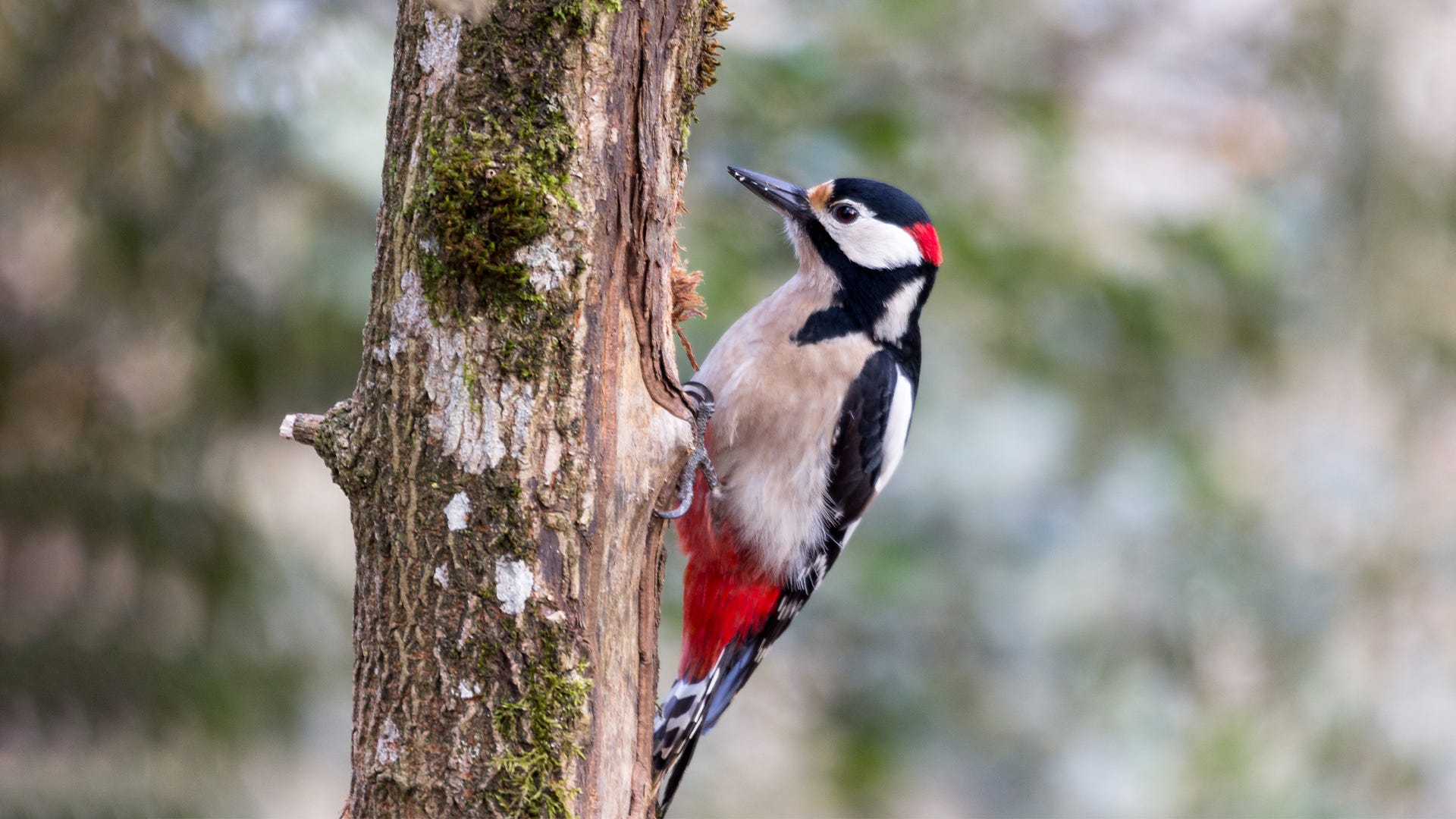Understanding Woodpeckers in Florida: Habits, Types, and Environments
Understanding Woodpeckers in Florida: Habits, Types, and Environments
Blog Article
Discover the Remarkable World of Woodpeckers: Every Little Thing You Need to Know
The globe of woodpeckers is a realm full of special behaviors, complex adaptations, and a varied selection of types. From their environments and distribution patterns to their feeding behaviors and specialized physiological functions, woodpeckers have actually long mesmerized the interest of ornithologists and nature lovers alike. Understanding the details of these fascinating birds provides a peek right into the complex interplay in between their biology and the setting. As we check out the globe of woodpeckers additionally, we uncover a wealth of details that sheds light on their relevance in environments and the obstacles they encounter in an ever-changing world.
Woodpecker Habitats and Distribution
In North America, for instance, woodpeckers can be found in both coniferous and deciduous woodlands, using their strong beaks to forage for insects and develop nesting tooth cavities in trees. In Africa, particular woodpecker varieties have adapted to arid atmospheres, such as the acacia timberlands, where they play a critical function in managing insect populaces.
)
Feeding Behaviors and Diet Regimen
Among the various facets of their habits, woodpeckers show distinctive feeding routines and nutritional choices. These birds are mainly insectivores, with a diet that includes ants, beetles, caterpillars, and other bugs found in trees. Woodpeckers use their strong beaks to drill into the bark of trees, probing for pests and larvae hidden under the surface area. Along with bugs, woodpeckers also eat nuts, seeds, fruits, and sap. Some varieties have specialized tongues with barbed tips that help them draw out insects from holes in wood.
Woodpeckers are recognized for their drumming behavior, which serves not only to interact with other woodpeckers however additionally to situate food. The rapid drumming noise is produced by the bird pecking on resonant surface areas like dead trees or metal poles. This actions can bring in bugs hidden in the timber, enabling the woodpecker to identify their existence and eat them.
One-of-a-kind Adjustments for Tree Climbing
In their skilled search of bugs concealed within tree bark, woodpeckers have actually advanced exceptional physiological functions that equip them with special adjustments for reliable tree climbing. Among the vital adjustments is their zygodactyl feet, with 2 toes aiming onward and 2 aiming in reverse, giving a solid grip on tree trunks. This specific foot arrangement allows woodpeckers to stick to upright surfaces effortlessly, enabling them to move up and down trees with dexterity. In addition, woodpeckers have rigid tail plumes that other function as a supportive prop while they climb, assisting in equilibrium and stability. Their solid, chisel-like beaks are not just utilized for exploration right into timber but also for clutching onto bark as they rise tree trunks. Woodpeckers have solid neck muscle mass and an unique skull framework that soak up the influence of continuous pecking, allowing them to climb up and down without causing damage to their minds. These adjustments showcase the amazing transformative layout that makes it possible for woodpeckers to browse trees with accuracy and performance.
Diverse Woodpecker Species Worldwide
With over 200 different varieties spread throughout various habitats worldwide, the family of Picidae includes a remarkable diversity of woodpeckers. These birds can be found in forests, timberlands, savannas, and even urban areas, showcasing their flexibility to various settings. From the famous Northern Flicker in The United States And Canada to the vibrant and evasive Crimson-backed Flameback in Asia, each woodpecker varieties shows unique qualities in terms of quill, behavior, and habitat choice.
Woodpeckers differ substantially in size, with the diminutive Downy Woodpecker gauging around 6-7 inches in length, while the effective Lineated Woodpecker can rise to 17 inches - Woodpeckers in Florida. Their beaks additionally come in different sizes and shapes, reflecting their feeding behaviors. Some varieties specialize in drawing out pests from tree bark, like the Acorn Woodpecker, while others, such as the Black-cheeked Woodpecker, feed on fruits and seeds

Preservation Initiatives and Difficulties
Conservation initiatives for woodpecker populations are important in alleviating the influence of environment loss and various other hazards facing these varied avian varieties. Woodpeckers encounter different difficulties to their survival, largely due to deforestation, urbanization, climate adjustment, and invasive types. To address these issues, conservation initiatives concentrate on protecting and restoring woodpecker habitats, implementing lasting forestry techniques, and elevating recognition regarding the investigate this site significance of these birds in ecological communities.
One substantial challenge in woodpecker conservation is the fragmentation of their habitats, causing separated populations that are much more vulnerable to extinction - Woodpeckers in Florida. Conservationists work to create wildlife passages and shielded areas that attach these fragmented habitats, allowing woodpeckers to relocate in between various locations for feeding, breeding, and shelter

Verdict
In directory conclusion, woodpeckers are interesting birds with unique adjustments for tree climbing and feeding behaviors. Further research study and preservation actions are needed to guarantee the survival of woodpeckers in the wild.
Report this page